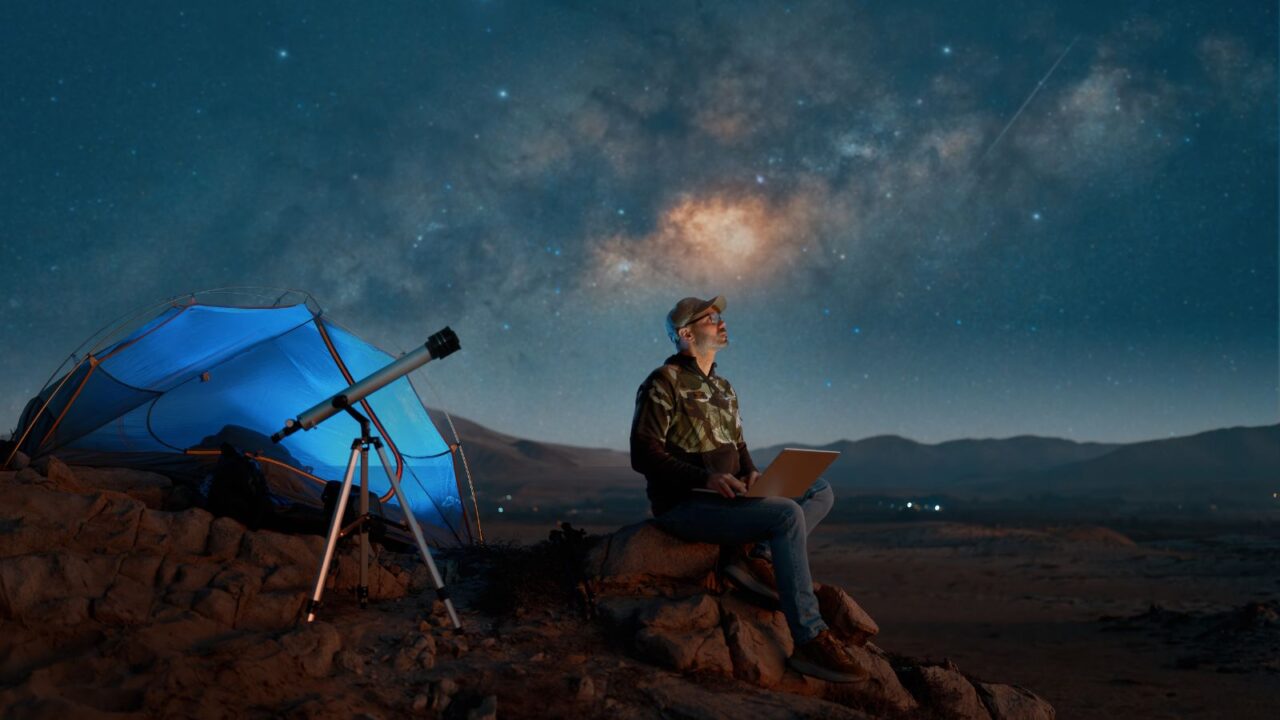
Under the same summer sky
There’s something magical about stepping outside on a warm night and looking up at a sky full of stars. For a moment, the noise of the world fades, and you’re just part of the universe.
Summer in the U.S. is the perfect time to explore dark-sky destinations. From desert canyons to quiet forests, these spots give you front-row seats to the Milky Way. All you need is a blanket, a little patience, and a sense of wonder.
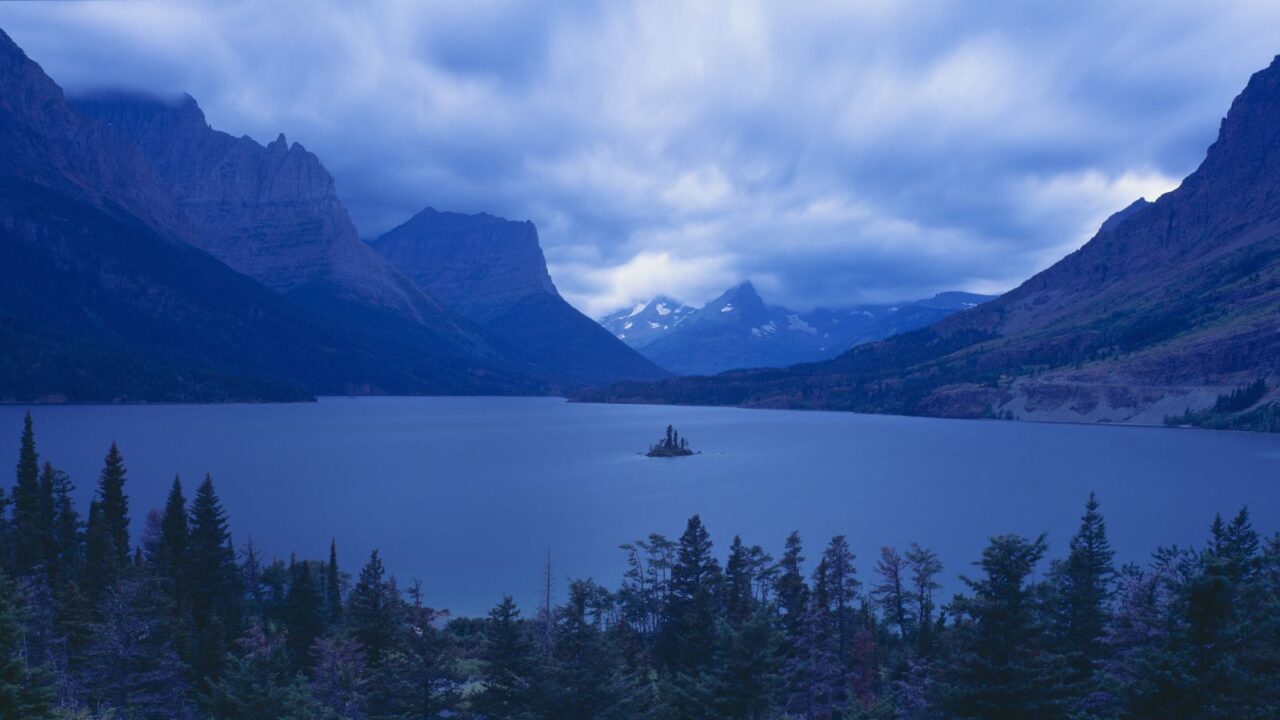
Waterton-Glacier’s dark sky
Tucked away in Montana, Waterton-Glacier International Peace Park offers some of the clearest skies in North America. The high elevation and low light pollution make it perfect for spotting constellations you’ve only seen in books.
July to September is the sweet spot for summer stargazing here. The crisp mountain air and sweeping horizons make every glance upward feel like a show just for you.
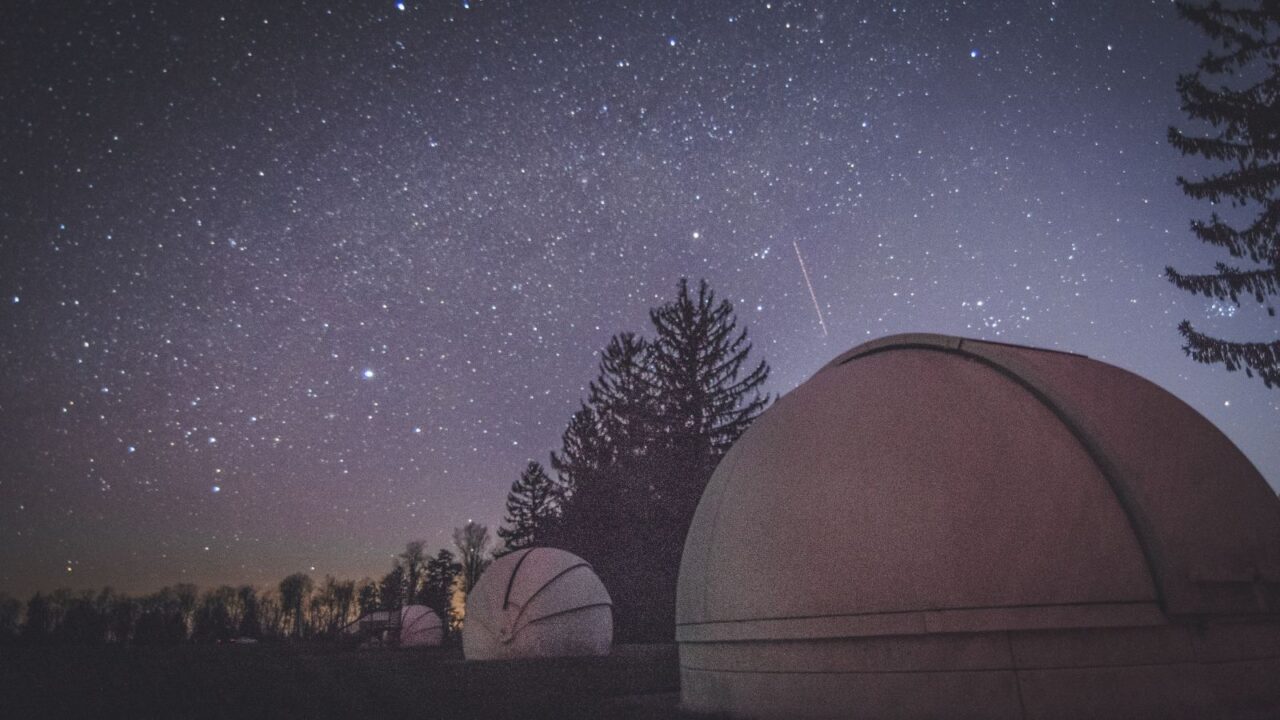
Cherry Springs’ star-filled nights
Cherry Springs State Park in Pennsylvania is legendary among stargazers. With surrounding forest shielding out light pollution, the skies stay deep, dark, and packed with stars.
It’s not uncommon to get up to 85 flawless viewing nights a year here. Bring a reclining chair, you’ll want to take your time soaking in every glowing speck above you.
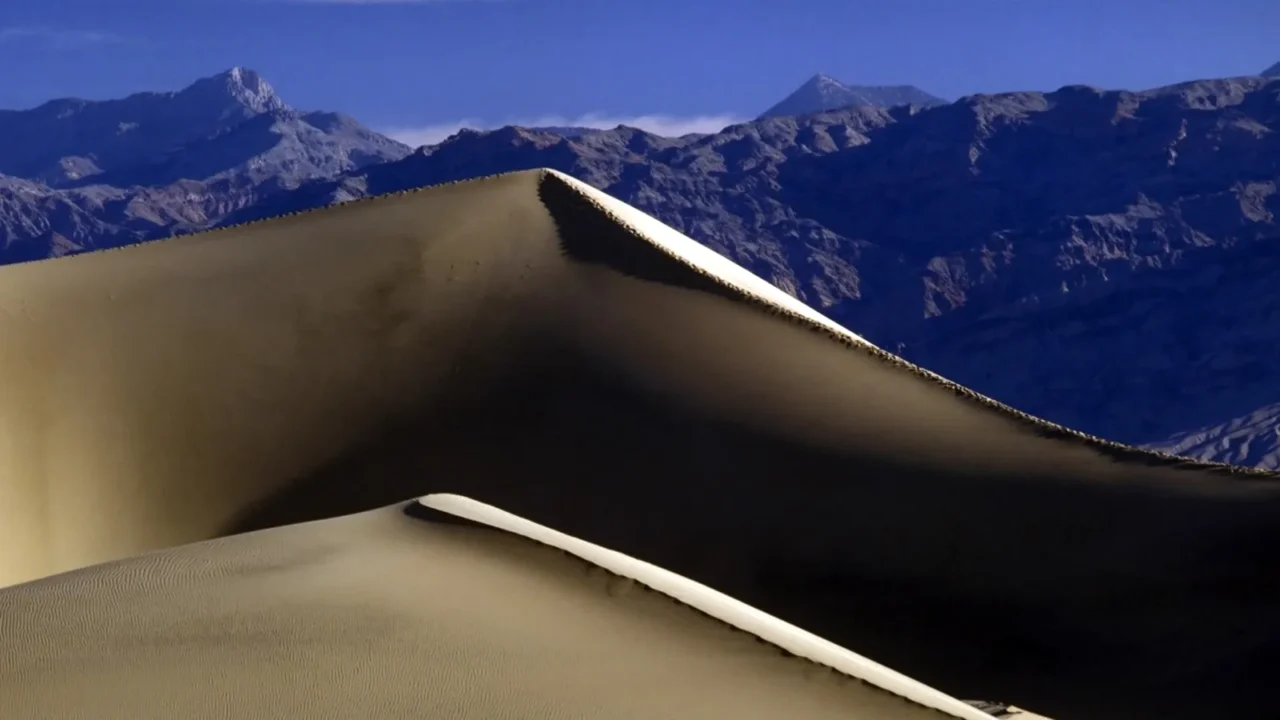
Death Valley’s cosmic desert
Death Valley National Park might be one of the driest places on Earth, but its night skies are overflowing with life. The lack of moisture and extreme remoteness make for dazzling Milky Way views.
While autumn and spring are cooler, summer nights still reward those willing to brave the heat. The reward? Stars that look close enough to touch.
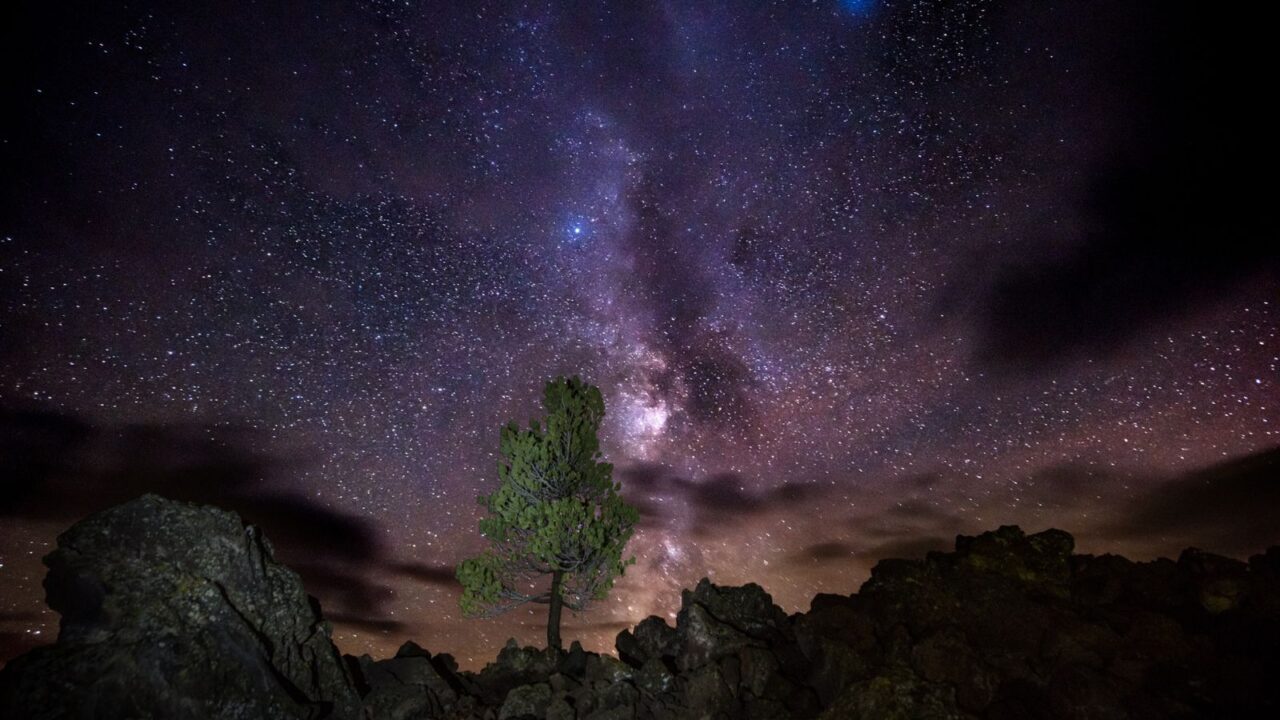
Craters of the Moon glow
In Idaho’s Craters of the Moon National Monument, you’ll find a volcanic wonderland under a breathtaking canopy of stars. Its high elevation means thinner air and sharper views.
Summer is the prime season here, even with the extra visitors. The surreal landscape makes stargazing feel like you’ve landed on another planet entirely.

Natural Bridges’ night sky show
Utah’s Natural Bridges National Monument earned the title of the world’s first Dark Sky Park. That means it’s been leading the way in protecting pristine night views for decades.
In summer, the heat lingers, but so does the magic. Natural stone bridges frame the constellations like ancient doorways to another world.
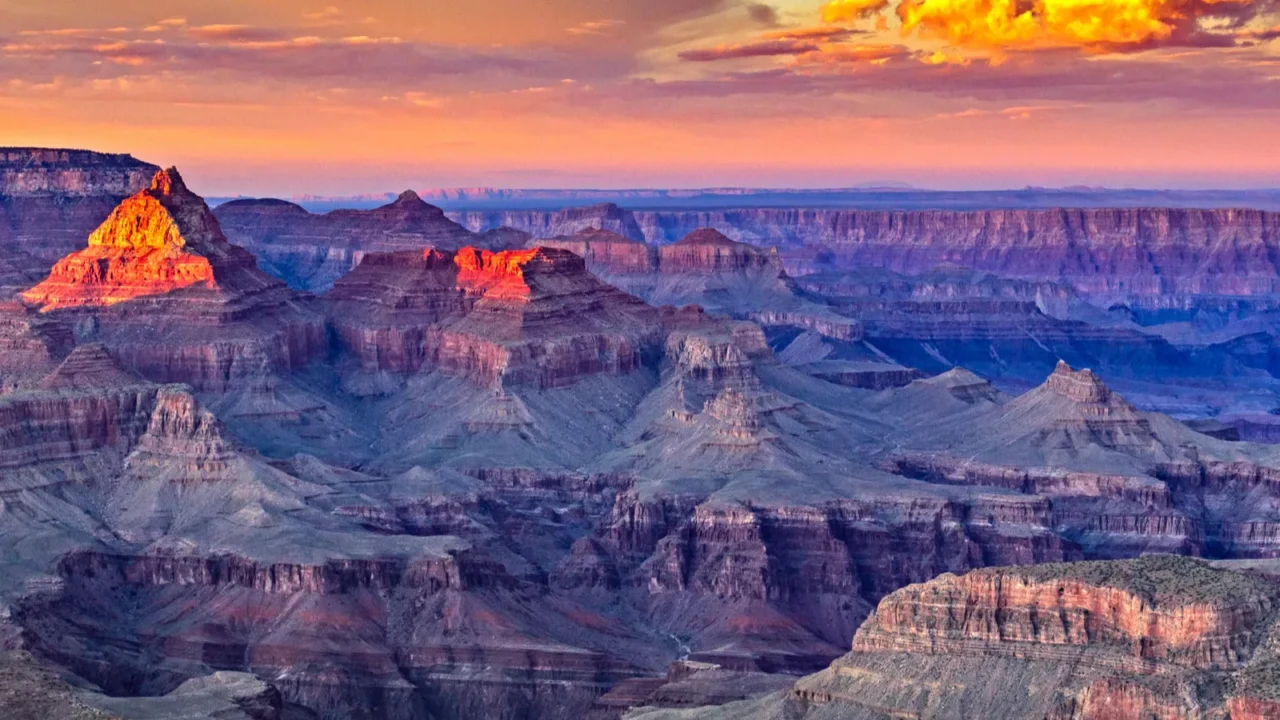
Grand Canyon’s celestial parties
The Grand Canyon is more than a daytime wonder, it’s also a certified Dark Sky Park with summer star parties that draw enthusiasts from across the globe.
Find a quiet rimside spot and watch the canyon fade into shadow as the stars wake up. You’ll never look at the night sky the same way again.
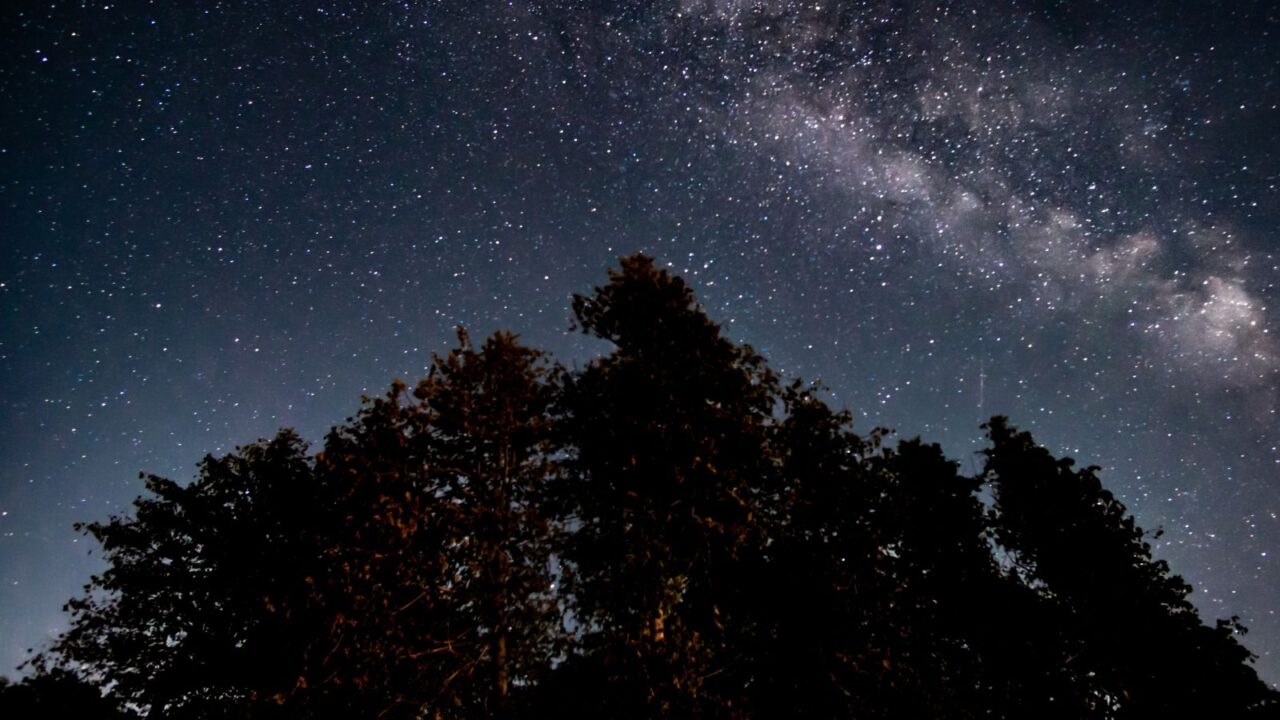
Headlands’ northern lights chance
In Michigan’s Headlands International Dark Sky Park, summer skies come alive with a million pinpoints of light. Old-growth forest hugs the shoreline, keeping the views as natural as possible.
If you’re lucky, you might even spot the northern lights dancing on the horizon. It’s a reminder that the night sky is full of surprises.
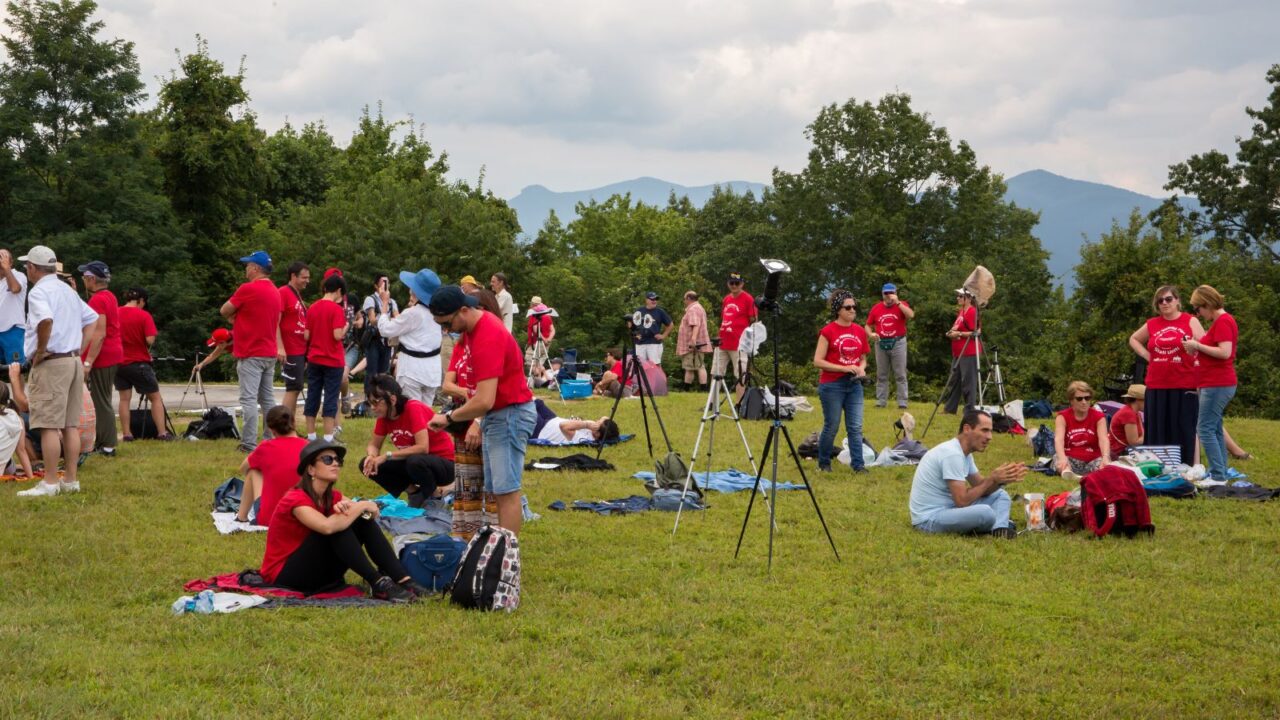
Pisgah’s telescope treasures
The Pisgah Astronomical Research Institute in North Carolina is a remote forest hideaway with a high-tech twist. Massive telescopes here give you a close-up look at the cosmos.
While autumn offers crisp conditions, summer is still worth the trip. You’ll get a mix of natural beauty and scientific precision.

Joshua Tree’s desert wonders
Joshua Tree National Park in California is famous for its strange, spiky trees and massive rock formations. But once the sun drops, it becomes a stargazer’s dream.
Summer nights, especially around new moons, reveal a sky filled with bright planets and shimmering stars. The desert air makes everything look sharper.
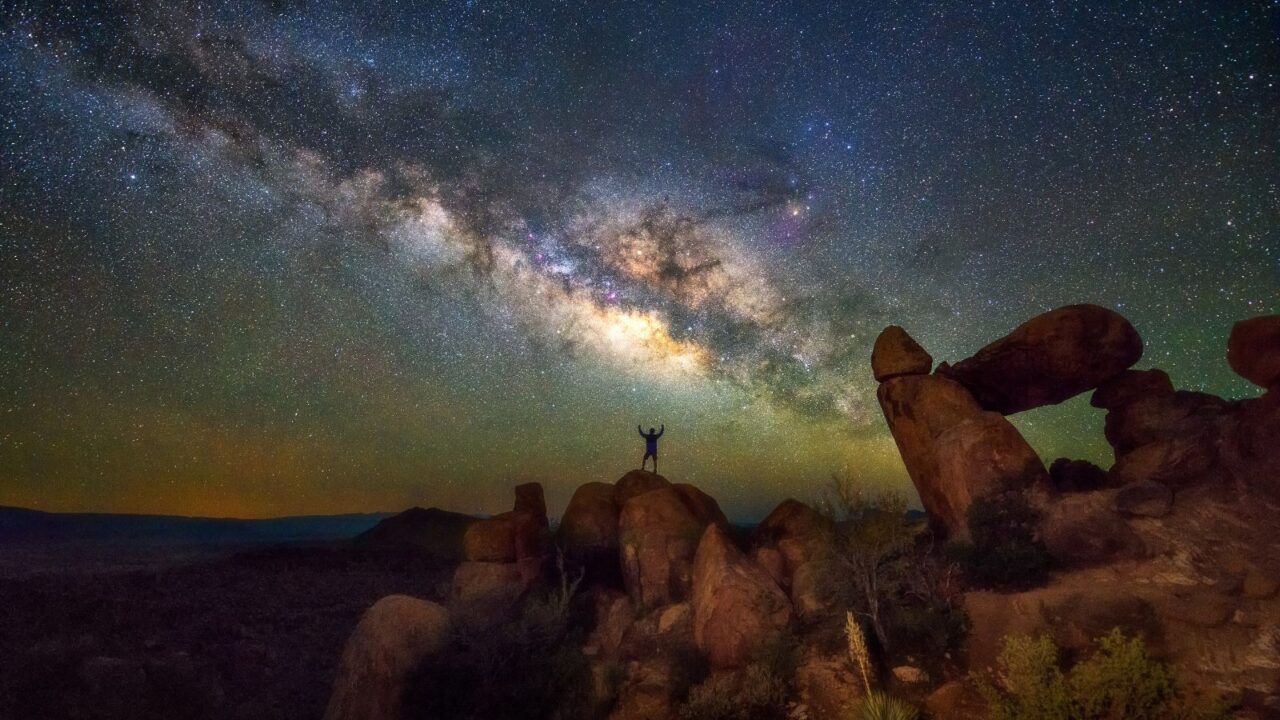
Big Bend’s darkest skies
Big Bend National Park in Texas boasts some of the darkest skies in the continental U.S. The remote location means almost no light pollution.
Ranger-led programs help you navigate the constellations. Stay up late, and you might feel like you’ve stepped into a planetarium without walls.
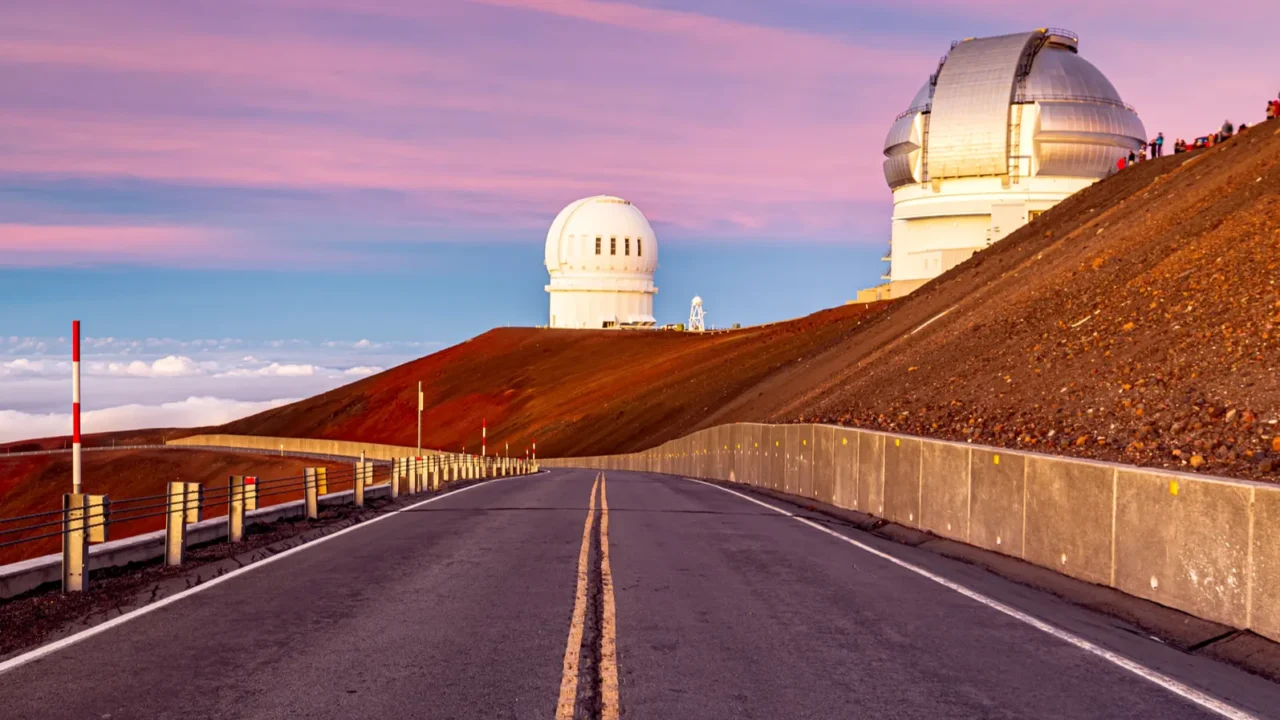
Mauna Kea’s island view
On Hawaii’s Big Island, Mauna Kea rises above the clouds for a stargazing experience like no other. The summit offers incredibly clear skies thanks to its altitude and location.
Even summer nights can get chilly up here, so bring layers. You’ll be rewarded with a sweeping view of the heavens.
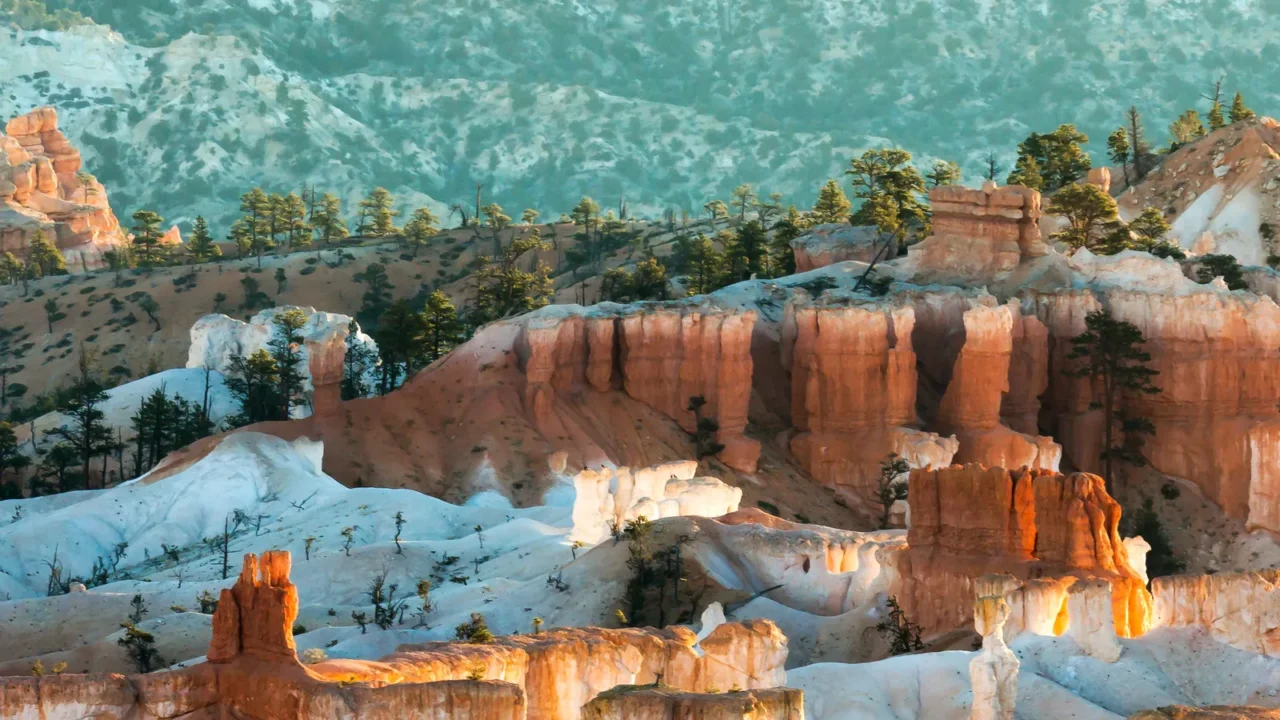
Bryce Canyon’s starry theater
Bryce Canyon National Park in Utah is known for its red rock hoodoos. At night, they become a dramatic foreground to the sparkling Milky Way above.
Summer brings warm evenings and ranger-led astronomy programs. It’s like watching the universe from your own natural amphitheater.
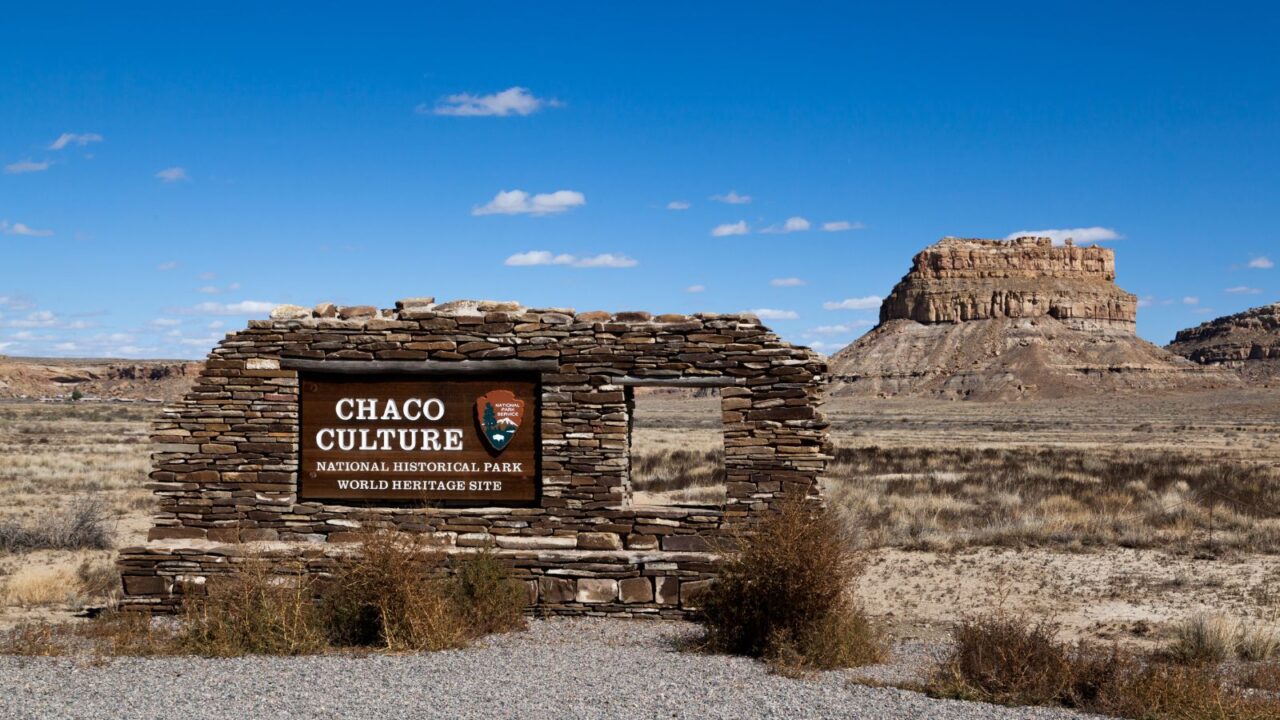
Chaco Canyon’s ancient skies
Chaco Culture National Historical Park in New Mexico combines archaeology with astronomy. Ancient structures here line up with solar and lunar events.
In summer, the desert nights fill with stars as they have for centuries. You’ll see the same skies that guided ancient builders.
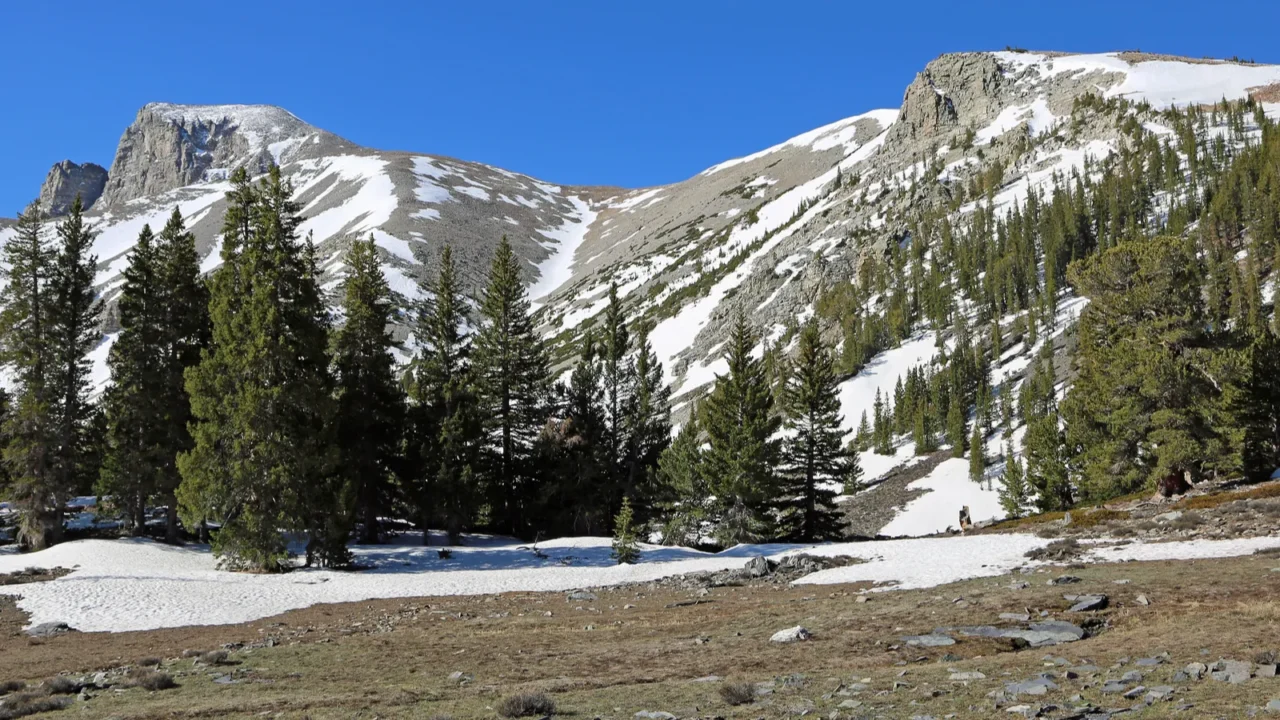
Great Basin’s open galaxy
Great Basin National Park in Nevada is one of the least visited parks, which means fewer crowds and darker nights. The air here is crisp and clean, perfect for stargazing.
In summer, the park hosts astronomy festivals with telescopes set up by experts. It’s the perfect blend of solitude and community. Also, don’t forget to check out the right way to pick the best state park for your next long weekend.
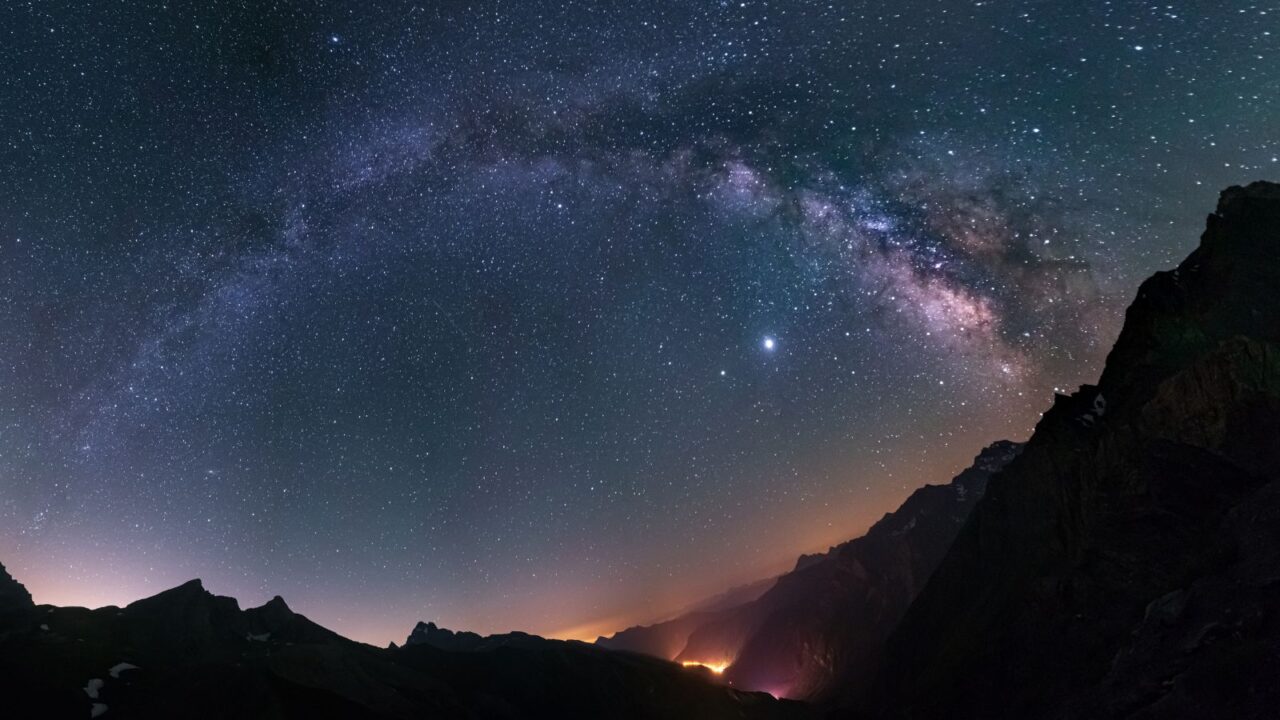
Holding on to the night
Stargazing is not only about science, but also about connection, a rare pause in our busy lives when time slows and the universe feels close.
These parks protect that feeling by keeping their skies dark and wild. Visiting them helps ensure they’ll stay that way for generations. Before you go, explore our guide to the best dark sky destinations and plan your perfect stargazing getaway.
Which of these stargazing spots would you visit first? Share your pick in the comments.
Read More from This Brand:
- Secrets Inside Mississippi’s Legendary Museum
- Utah’s Viral Desert Art Holds a Powerful Backstory
- Brazilians Are Transforming These Louisiana Towns
Don’t forget to follow us for more exclusive content right here on MSN.
This slideshow was made with AI assistance and human editing.